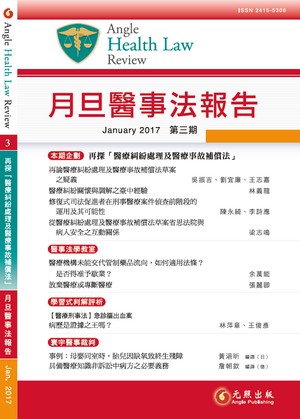阿茲海默症新發現【醫事綜探】 試閱
New Discovers about Morbus Azihaimer
阿茲海默症(Alzheimer’s disease, AD)被認為是由於黏結成塊的β澱粉蛋白沉澱堆積在腦部神經元周邊,導致訊息傳導阻斷及腦部細胞死亡而致。實驗結果卻顯示,β澱粉蛋白在腦部神經元周圍的沉積,很可能是為了保護腦部避免病原體感染的一種古老演化,因而有科學家主張β澱粉蛋白與腦部病原體感染有關,應該要找出何種病原體會造成β澱粉蛋白不正常增生。為維護老人尊嚴與健康,增進老人福利,我國制定有《老人福利法》...
A large number of scientists think that Alzheimer’s disease (AD) has strong connection with ß-amyloid protein, which form around neurons and bog down information processing and kill cells. However, according to a research, scientists injected the rodents’ brains with Salmonella bacteria to cause an infection and waited to see whether the mice making the extra amyloid did better than controls at fighting off the microbes. All the mice died within 96 hours, but those with human amyloid lost less weight, had fewer bacteria in their brains, and lived up to roughly 30 hours longer than the control mice. That’s it to say, ß-amyloid protein may help brain fight infection.
In order to assert the dignity and health, postpone and alleviate the disable condition of elders, to maintain the standard of living, to protect the rights and to facilitate the welfares of elders, Taiwan’s Legislative Yuan passed the Senior Citizens Welfare Act in 2015.
214-218






